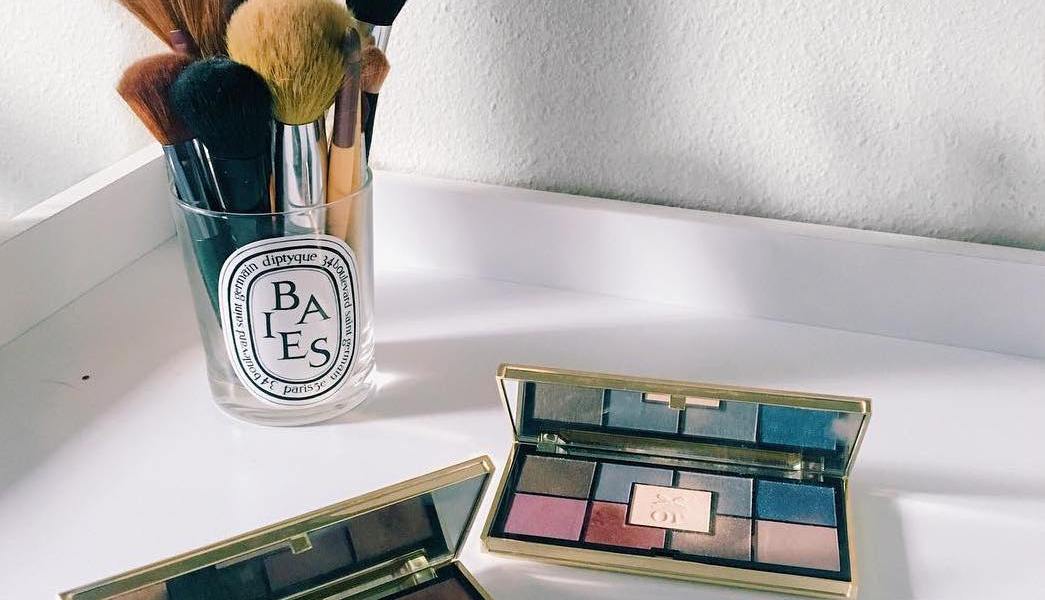At one point or another, we’ve all overlooked a regular makeup brush cleaning sesh. When we fail to recognize the importance of this routine, however, we run the risk of infection, clogged pores, bug-infested tools, terrible makeup application, and even (gasp!) premature wrinkles. With that said, here is a step-by-step guide that I use to maintain clean (and longer-lasting) makeup tools.
pick your cleaning day
The first step to cleaning your makeup brushes and tools is knowing how often to do so. This really depends on how often you use each of your tools. One sign that your brush needs a good cleaning is if it is no longer soft and if old makeup residue is visible and cakey. For brushes that I use daily, I deep-clean them once a week. For certain brushes that get an occasional use, I clean them every other week. Set a day and time each week to dedicate about 10 minutes to thoroughly cleansing your tools. Having a routine helps ensure that you don’t forget.
use the right formula
To start cleaning, I first run my brushes and sponges under lukewarm water. Then, I apply a pump of brush shampoo to my hand and scrub the bristles thoroughly. Many brands carry brush shampoos or cleansers that have antibacterial formulas. I recommend the Sephora Collection Deep Cleaning Brush and Sponge Shampoo because it has a spray nozzle that is easy to spritz onto your hand with. If you are looking for a cheaper, easier find, baby shampoo works just as well because it also has a gentle formula that won’t dry them out. Avoid using regular shampoos, however, because their formulas are most likely too harsh for your fine brush bristles.
try a cleansing mat
A rubber brush cleansing mat is a useful tool that can make for a quicker and more effective brush cleaning. These mats are essentially small rubber strips that you rub your brushes on to clean them more effectively. The surface of the mats feature multiple textures, and each texture is used as a scrubbing surface for a different type of brush. I love the J. Cat Beauty Silicone Pad Brush Cleaner because it fits almost any sink and is simple to store. To use, I find what texture works best for my brush type, and I move the soapy brush in circular motions against the texture of the mat. There is also a rubber cleansing glove like this one from Sigma Beauty for a quicker, handheld option.
If you are ever short for time or need a quick spot clean, consider purchasing a brush cleansing spray. I use the Clinique Makeup Brush Cleanser anytime I need to use the same brush for a different purpose or it just looks like it needs a quick refresher between my deep-cleaning sessions. To use this cleanser, I apply one or two pumps directly to the brush and rub it in circular motions against a towel or tissue to remove the residue. I allow about two minutes for the brush to dry, and then I am free to use it again. When buying brush cleansing sprays, make sure to read the directions; some cleansers, like the Nyx On the Spot Makeup Brush Spray Cleaner, ask that you spray directly onto the paper towel and not onto the bristles.
dry them the right way
Never allow your brushes to dry upright, as this can cause water damage to the handle glue. I choose to lay out a clean, dry towel on a table or countertop edge, resting the brushes on the towel with the bristles hanging over the edge. Others prefer to hang their brushes upside down, whether with a brush drying rack or this quick, at-home hack.
know when to replace them
Sadly, no brush can last forever. A major sign that a brush needs replacing is when it begins shedding or doesn’t maintaining its original shape—that’s when you’ll know it’s probably time to consider purchasing a new one. Another big no-no with makeup brushes is keeping broken or cracked ones. Once this happens, bacteria can creep into impossible-to-clean cracks, making it easier for germs to transfer to your face and hands.
The road to clean makeup brushes can be tedious and requires a little bit of work, but your skin will thank you once you start implementing these steps into your beauty routine.
What are some of your tips and tricks for easy makeup brush cleaning? Let us know in the comments below!
Featured photo by Briana Wilvert.

